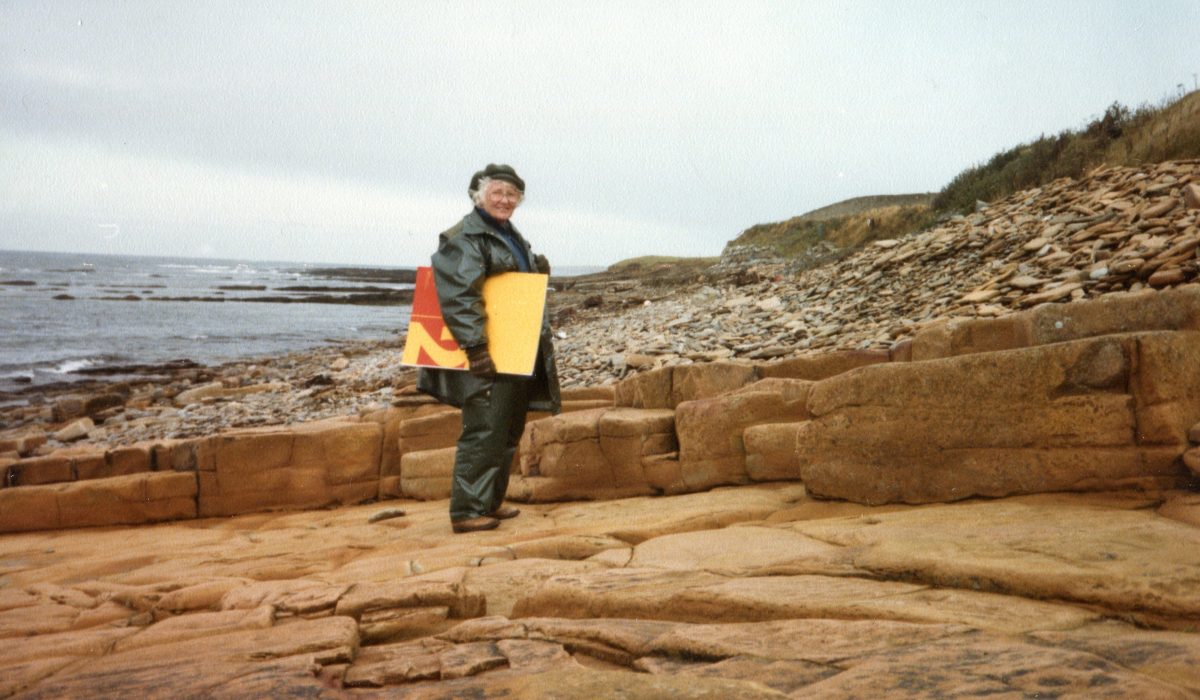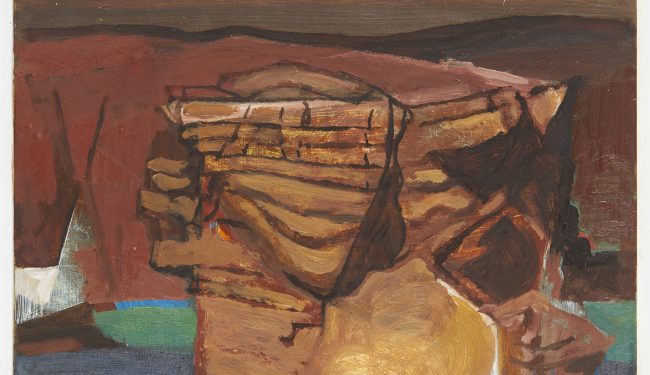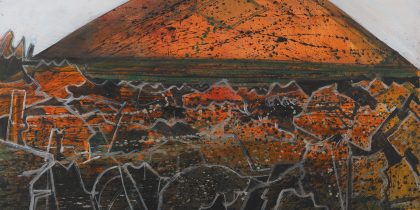Two Island Series (No. 2) (Orkney), 1987, oil and pencil on hardboard, 29.8 x 60.8 cm, Private Collection
From left to right: Orkney, 1984, pencil on board, 17.7 x 22.8 cm, BGT6211; a photograph by Barns-Graham from the studio window, Stromness, BGP/1/9/16; Untitled, c.1984, pencil and oil on board, 31.1 x 39 cm, BGT2418
From left to right: Barns-Graham at Warbeth beach, BGP/1/8/208; rock formations BGP/1/8/224, BGP/1/8/63, and BGP/1/8/276.
The Collages
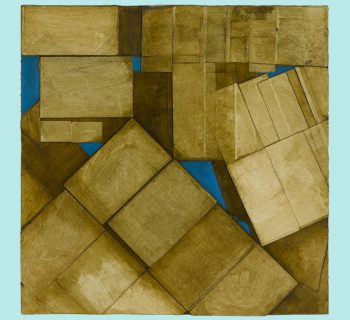
Warbeth 7, 1985
acrylic on paper on hardboard, 25.6 x 25.5 cm, BGT6163
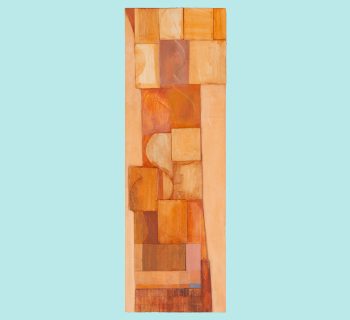
Warbeth 2, 1985
acrylic and paper on hardboard, 53 x 17.9 cm, BGT777
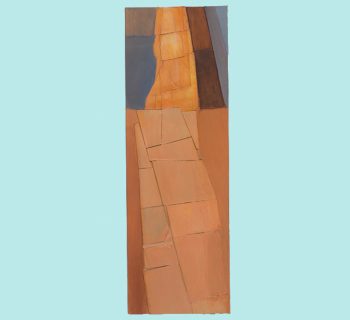
Warbeth 3. 1985
acrylic on paper on hardboard, 53 x 17.7 cm, BGT781
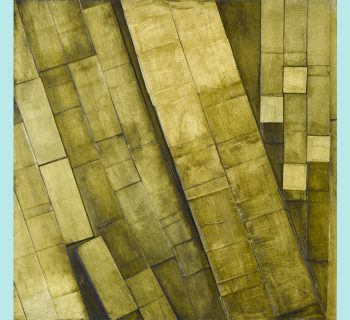
Warbeth 6, 1985
acrylic on card on card, 27.5 x 27.5 cm, BGT197
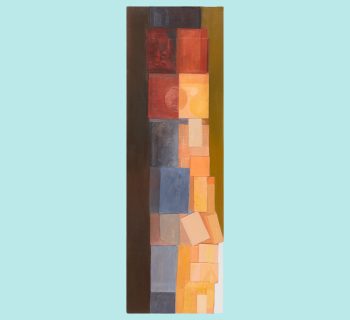
Warbeth I, 1985
acrylic on card on hardboard, 78.1 x 25.4 cm, BGT754

Wreck Warbeth, 1986
acrylic on board, 106 x 35.4 cm, Pier Arts Centre
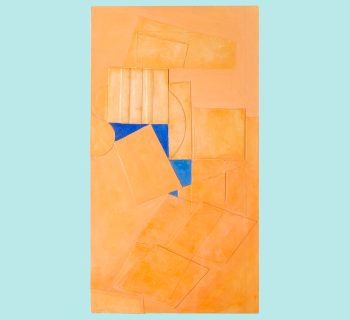
Warbeth 5, 1985
acrylic on paper on hardboard, 50.5 x 27.9 cm, BGT775
August in Orkney, 1987, Oil on hardboard, Pier Arts Centre
Cliffs and Fields
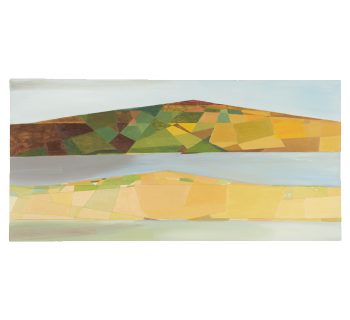
Two Island Series (No. 2) (Orkney), 1987
oil and pencil on hardboard, 29.8 x 60.8 cm, Private Collection

September in Orkney 1, 1987
oil on board, 30 x 90.8 cm, Private Collection
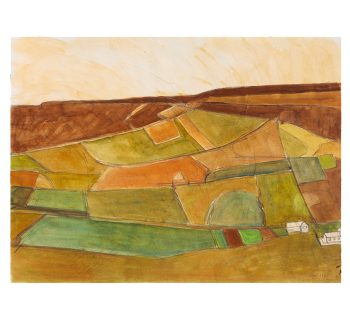
Untitled, 1985
gouache on paper, 37.6 x 50.6 cm, BGT1621

September Evening, Orkney, 1985-6
gouache on paper, 48.3 x 56 cm, BGT586

Landscape I, 1987
oil on board, 19.5 x 24.8 cm, BGT140
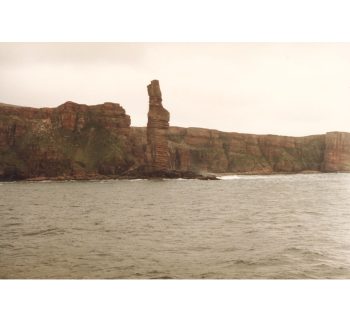
Photograph of the Old Man of Hoy by Barns-Graham

Photograph of the Old Man of Hoy by Barns-Graham

From left to right: BGT6126_v6, BGT6936_v1, an attempt by Barns-Graham to construct a panorama of Orkney (WBG/3/10/92).
From left to right: Three clippings from the newspaper The Orcadian of Mackay Brown’s writing saved by Barns-Graham whilein Orkney: WBG/1/7/51, WBG/1/7/52, WBG/1/7/53, George Mackay Brown’s home in Stromness, photographed by Barns-Graham (BGP/1/9/48).
Photographic postcards collected by Barns-Graham. From left to right: Broch of Gurness, Copyright Charles Tait, WBG/5/5/1/3; Ring of Brodgar, Copyright James Weir, WBG/5/5/1/8; Brough of Birsay, Copyright Charles Tait, WBG/5/5/1/4; Stromness, Copyright Charles Tait, WBG/5/5/1/24

